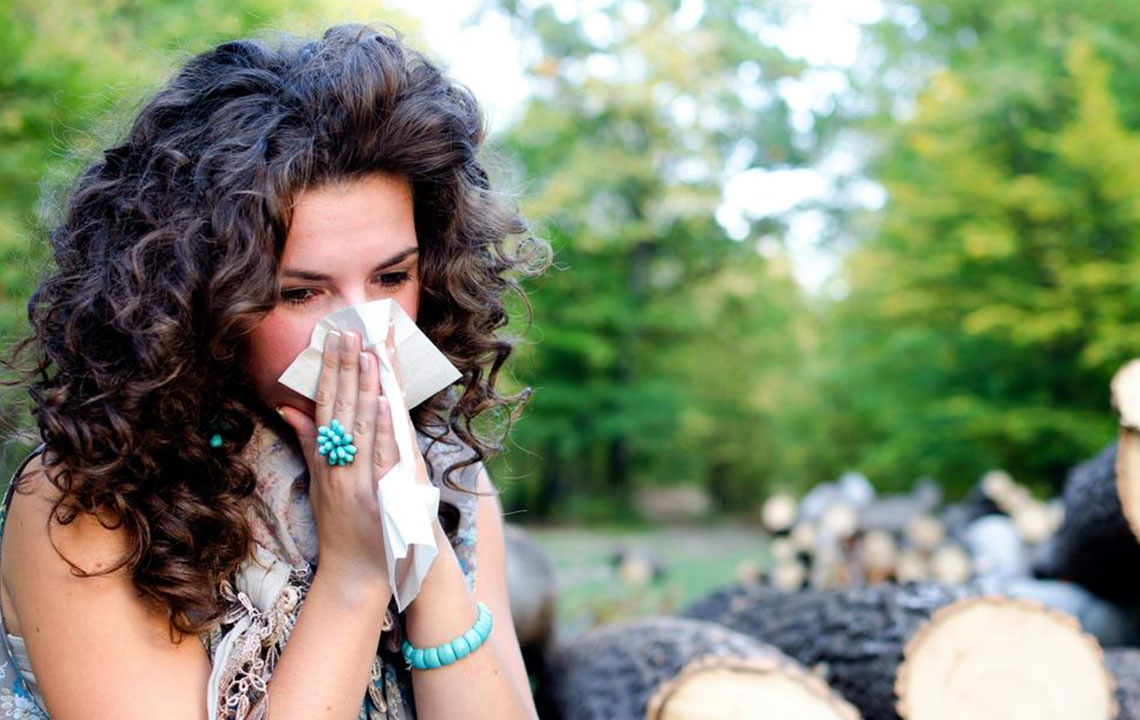A brief guide to Fever Temperature Chart
Having a temperature is something most people are well acquainted with. Fever, you might have noticed, is harmless. But if it stays with you for a long time, then that should be something you should be bothered about.
So, how do you come to know that you have a fever? It is simple. Use a digital thermometer to check the body temperature of the patient.
Once you get a number, check the fever temperature chart and know whether you need to see a doctor or no.

Here are some ways of checking your temperature using the Fever Temperature Chart:
Rectal temperature : Rectal temperature is measured by inserting a lubricated thermometer into the rectum of a baby. A rectal temperature of 100. 4 degrees F or higher means that the baby has a fever, according to the Fever Temperature Chart.
Oral temperature : In this, the tip of the thermometer is placed under the tongue until the thermometer makes a beep sound. According to the Fever Temperature Chart, an oral temperature of 100 degrees F or more indicates that you have a fever.
Armpit temperature : An armpit temperature of 99 degrees F or higher says that you are down with fever.
How to treat a fever blister at home?
If you spot red, swollen outbreaks around your mouth or your gums and tongue, when you are suffering from fever, you must know they are not your regular boils.
They are fever blister, also known as cold sores and last for about 10-14 days.
One thing you should never do is pick at the blisters and keep touching them.
Here are some of the home remedies which will help in giving you some relief from the inflammation that the blisters cause:
Ice helps in numbing the pain and reducing the burning sensation.
Apply tea tree oil on the blisters several times in a day. Tea tree oil has antiviral properties, and it stimulates the healing of the wounds.
A simple treatment for fever blister is whole milk. Whole milk consists of immunoglobulins and calcium, which help in combating the virus. Dab some whole milk on the affected area and leave it for some minutes. Milk soothes the inflammation and quickens the healing process.
Garlic, a spice known for its antiviral and antibacterial properties is another easy remedy for blisters. Make a paste out of few cloves of garlic and apply it on the affected area.
An excellent remedy for cold sores is dabbing licorice root on the blisters. Licorice has an ingredient called glycyrrhizin that has amazing antiviral and anti-inflammatory properties. Rubbing licorice on the wounds minimizes the redness and reduces the blisters.
If it seems that your blisters are becoming worse after trying any of these natural remedies, it is best to see a doctor.




